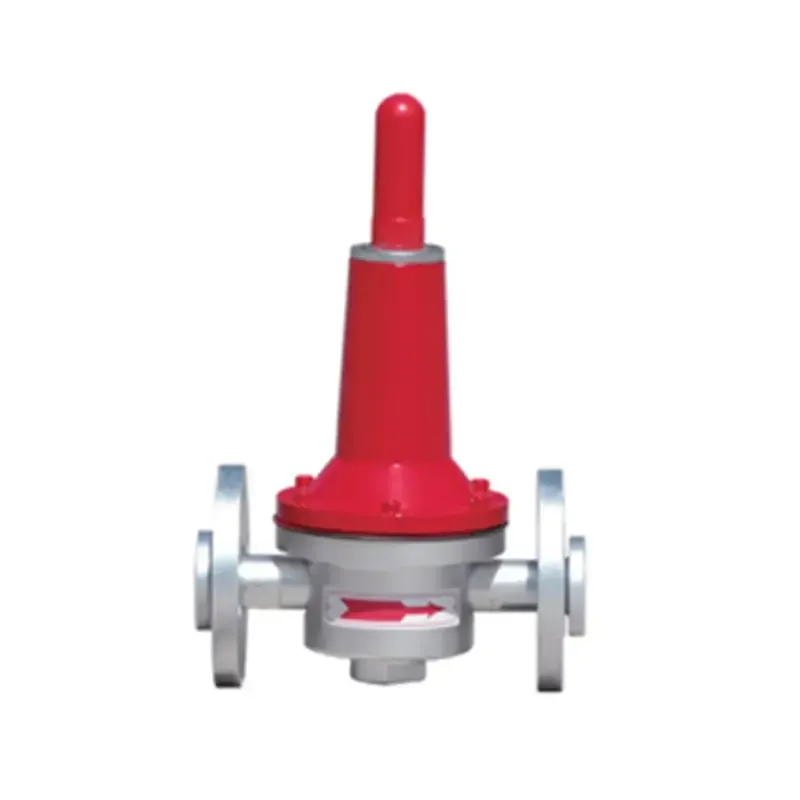
Dec . 04, 2024 10:03
Back to list
safety relief valve
Understanding Safety Relief Valves A Key to Industrial Safety
Safety relief valves are crucial components in various industrial applications, ensuring the safe operation of systems that handle pressurized fluids or gases. These valves play an essential role in protecting equipment, personnel, and the environment by preventing overpressure conditions that could lead to catastrophic failures. In this article, we will explore the functioning, importance, and applications of safety relief valves.
Functionality of Safety Relief Valves
At their core, safety relief valves are designed to open automatically when the pressure within a system exceeds a predetermined limit. This action allows excess pressure to escape, preventing potential damage to machinery and structures. Once the pressure returns to a safe level, the valve closes automatically, thus ensuring a secure operating environment.
There are primarily two types of safety relief valves safety valves and relief valves. Safety valves are typically used for gas applications, while relief valves are commonly utilized for liquids. Although both serve the same fundamental purpose, their mechanisms may differ slightly to accommodate the different properties of gases and liquids.
Importance of Safety Relief Valves
The importance of safety relief valves cannot be overstated
. In industries such as oil and gas, chemical manufacturing, and power generation, these valves act as a last line of defense against overpressure incidents. Failure to properly install or maintain safety relief valves can result in severe consequences, including equipment failure, environmental spills, and even loss of life.Regulatory bodies, such as the Occupational Safety and Health Administration (OSHA) and the American Society of Mechanical Engineers (ASME), establish guidelines and standards for the design, installation, and maintenance of safety relief valves. Compliance with these regulations is vital for organizations to ensure operational safety and avoid legal repercussions.
safety relief valve

Applications of Safety Relief Valves
Safety relief valves find applications across a wide range of industries. In the oil and gas sector, they are used to protect pipelines, storage tanks, and processing facilities. In chemical plants, these valves safeguard reactors and other high-pressure equipment. Power generation facilities utilize safety relief valves to protect boilers and turbines from overpressure events.
Furthermore, safety relief valves are essential in residential applications, such as water heaters and heating systems. In these cases, they help prevent explosions caused by excessive vapor pressure buildup.
Maintenance and Testing
Regular maintenance and testing of safety relief valves are critical to ensuring their reliability. Factors such as corrosion, wear, and sediment buildup can hinder their performance. Routine inspections help identify potential issues before they escalate into safety hazards. Testing should be conducted according to industry standards and manufacturer recommendations, often involving operations that verify the pressure settings ensure proper sealing.
Conclusion
Safety relief valves are indispensable elements in maintaining industrial safety. Their ability to mitigate overpressure conditions protects not only the equipment involved but also the workforce and the surrounding environment. With the ever-increasing complexity of modern industrial operations, understanding the importance and functionality of safety relief valves is paramount. By adhering to proper installation, maintenance, and compliance standards, industries can continue to operate safely and effectively, minimizing risks associated with high-pressure systems. Ultimately, investing in safety relief valves is investing in a safe future for everyone involved.
Latest news
-
Safety Valve Spring-Loaded Design Overpressure ProtectionNewsJul.25,2025
-
Precision Voltage Regulator AC5 Accuracy Grade PerformanceNewsJul.25,2025
-
Natural Gas Pressure Regulating Skid Industrial Pipeline ApplicationsNewsJul.25,2025
-
Natural Gas Filter Stainless Steel Mesh Element DesignNewsJul.25,2025
-
Gas Pressure Regulator Valve Direct-Acting Spring-Loaded DesignNewsJul.25,2025
-
Decompression Equipment Multi-Stage Heat Exchange System DesignNewsJul.25,2025

